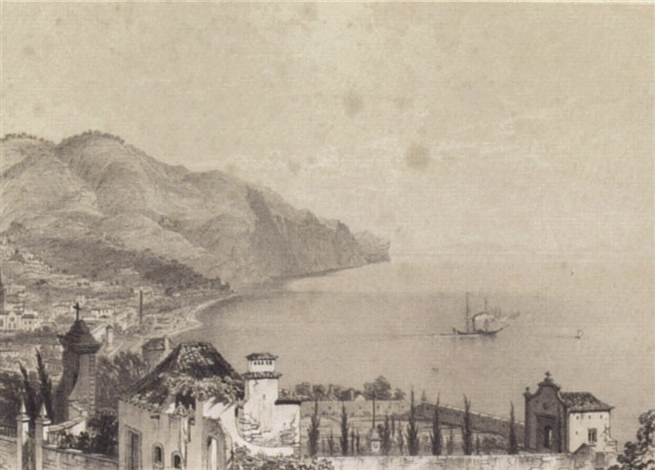|
Reginald Southwell Smith
Reginald Southwell Smith (1809–1896) was an English priest of the Church of England, known for evangelical views. Early life He was the fourth son of Sir John Wyldbore Smith, 2nd Baronet, and his wife Elizabeth Anne Marriott. He was educated at Winchester College, and matriculated at Balliol College, Oxford in 1826, graduating B.A. in 1830, M.A. in 1834. He rowed stroke (position), stroke in the Balliol boat.# Smith was ordained, and became a curate to Frederick Parry Hodges, a Fellow of Winchester College, at Lyme Regis. According to Smith's granddaughter Lady Grogan, Hodges was autocratic. John Fowles wrote that Hodges had "an equal detestation of both Calvinism, Calvin and Roman Catholic Church, Rome." Wanklyn wrote in ''Lyme Regis: A Retrospect'' (1922): In doctrine Dr. Hodges was an Evangelical of the school predominant in the Church of England in his young days, before the starting of the Oxford movement. His sermons, which constantly overran the hour, were chiefly directed ... [...More Info...] [...Related Items...] OR: [Wikipedia] [Google] [Baidu] |
Church Of England
The Church of England (C of E) is the established Christian church in England and the mother church of the international Anglican Communion. It traces its history to the Christian church recorded as existing in the Roman province of Britain by the 3rd century and to the 6th-century Gregorian mission to Kent led by Augustine of Canterbury. The English church renounced papal authority in 1534 when Henry VIII failed to secure a papal annulment of his marriage to Catherine of Aragon. The English Reformation accelerated under Edward VI's regents, before a brief restoration of papal authority under Queen Mary I and King Philip. The Act of Supremacy 1558 renewed the breach, and the Elizabethan Settlement charted a course enabling the English church to describe itself as both Reformed and Catholic. In the earlier phase of the English Reformation there were both Roman Catholic martyrs and radical Protestant martyrs. The later phases saw the Penal Laws punish Ro ... [...More Info...] [...Related Items...] OR: [Wikipedia] [Google] [Baidu] |

